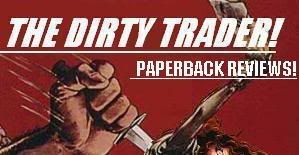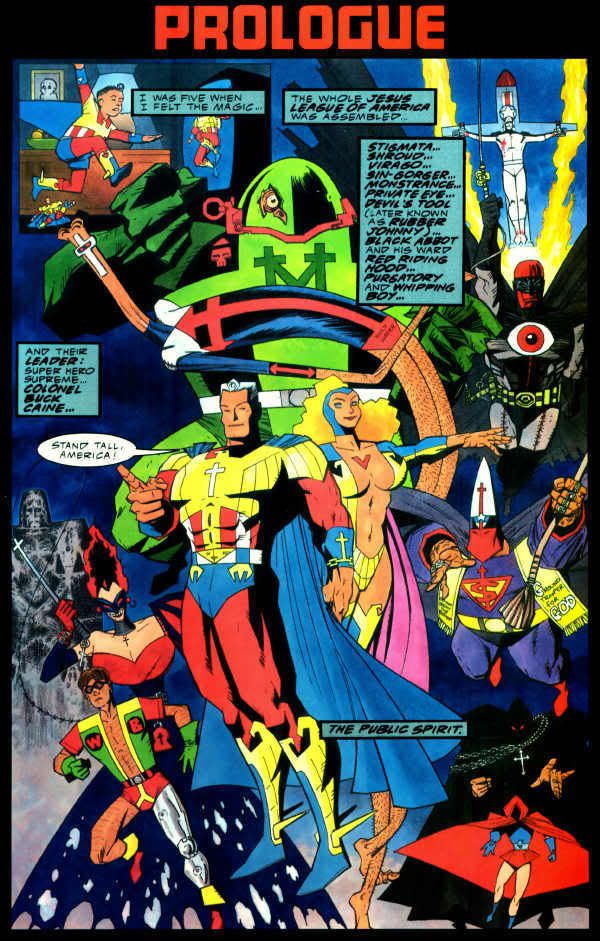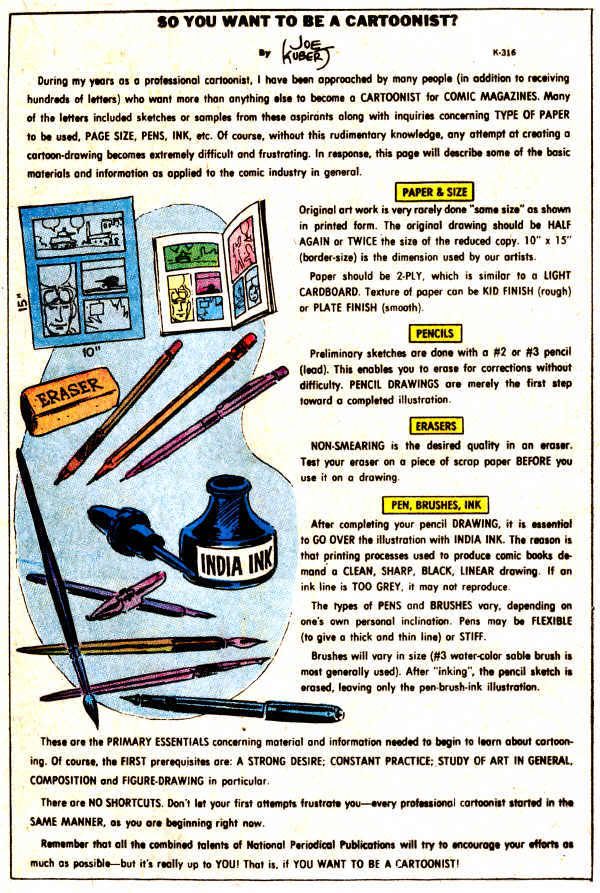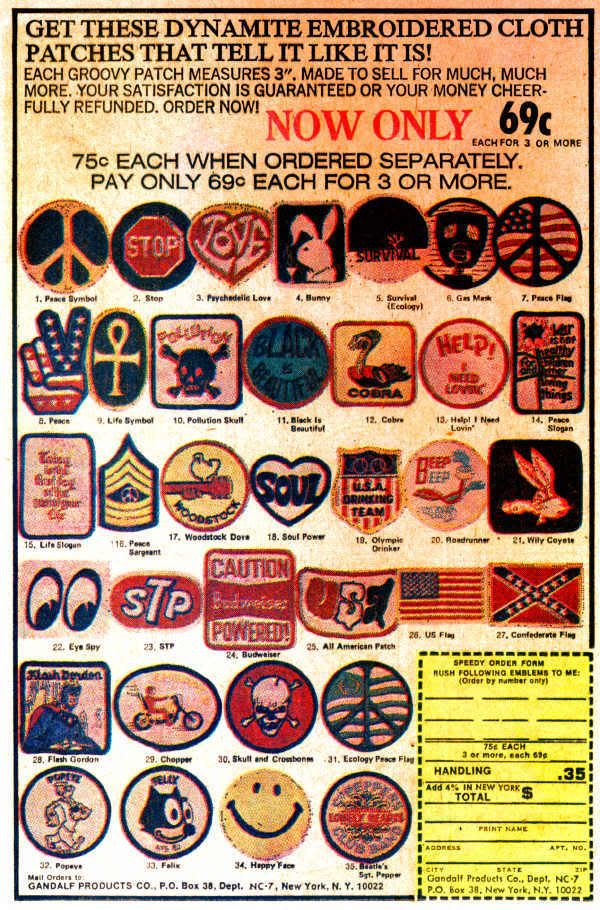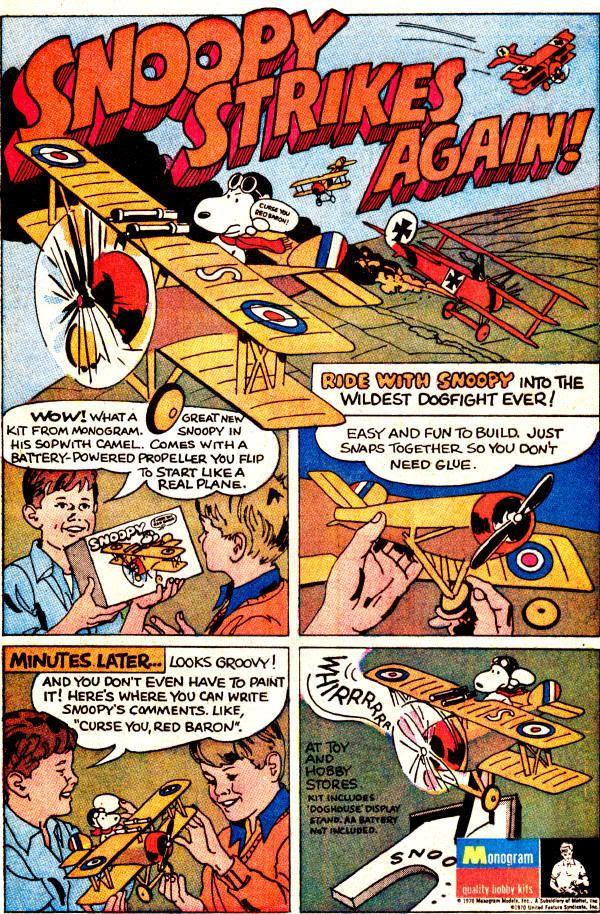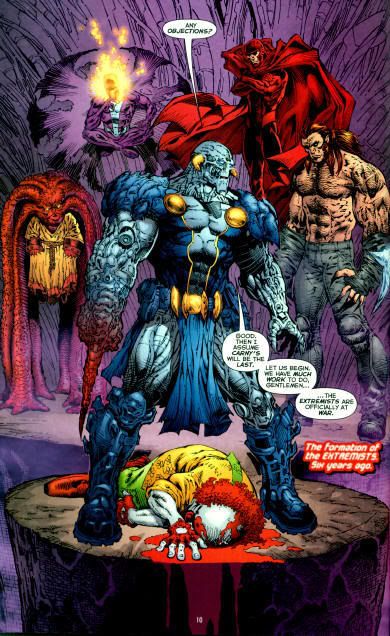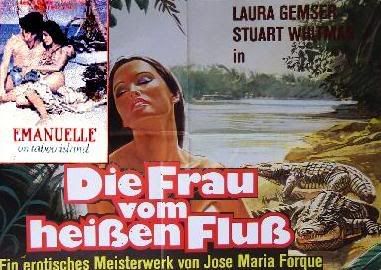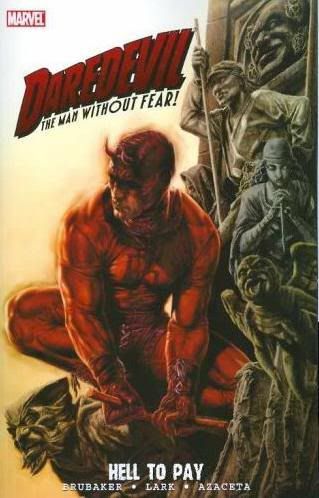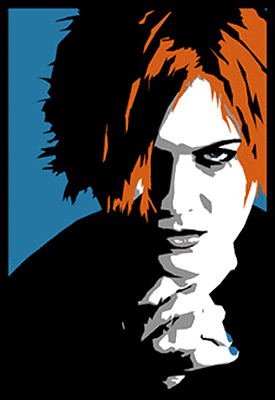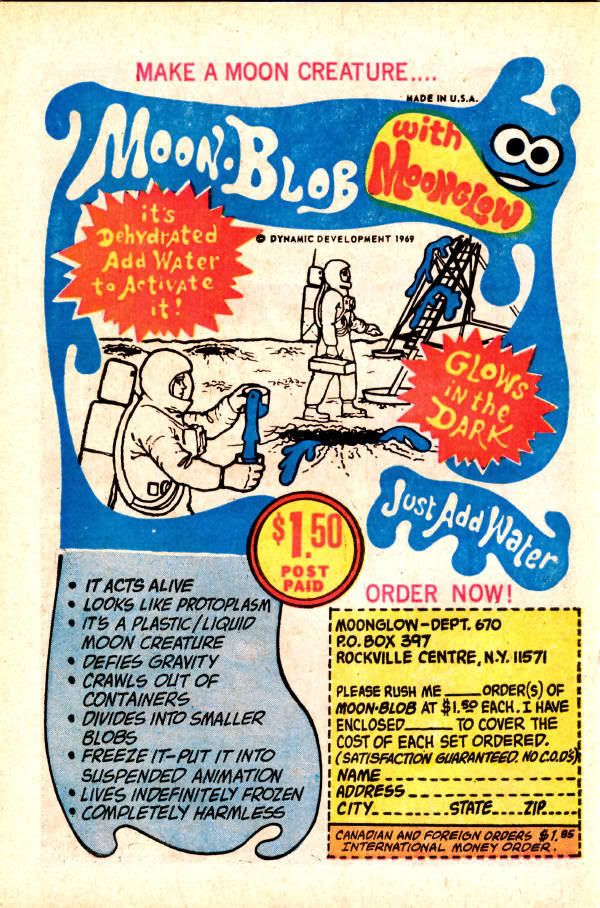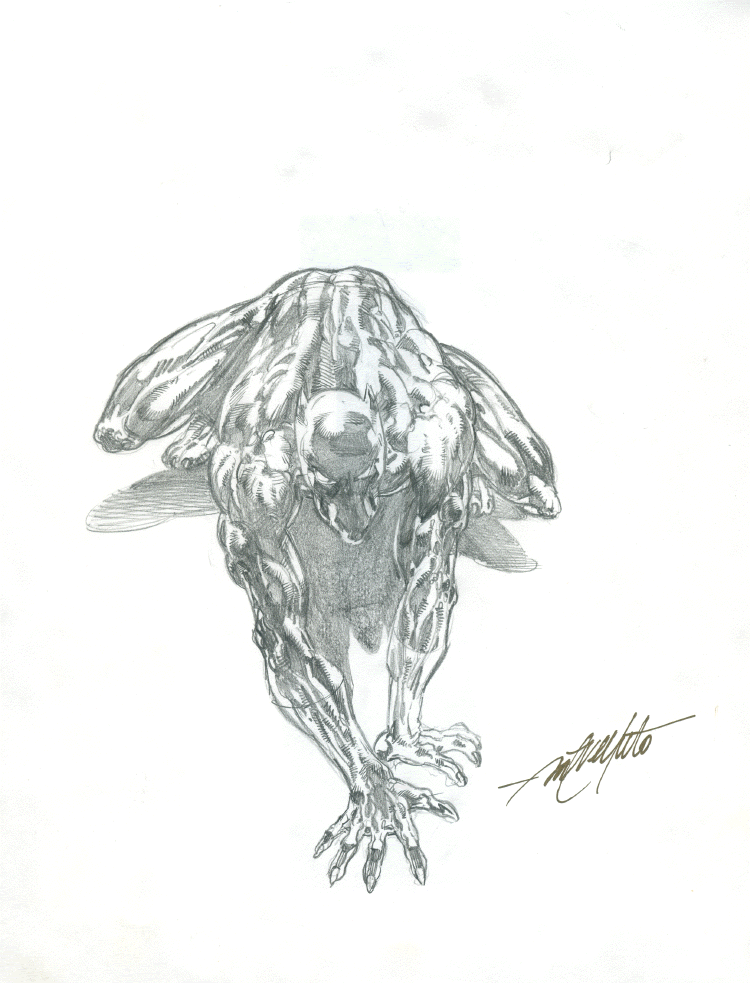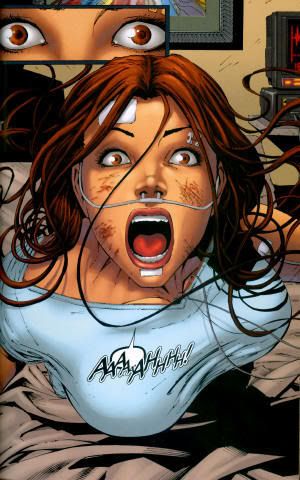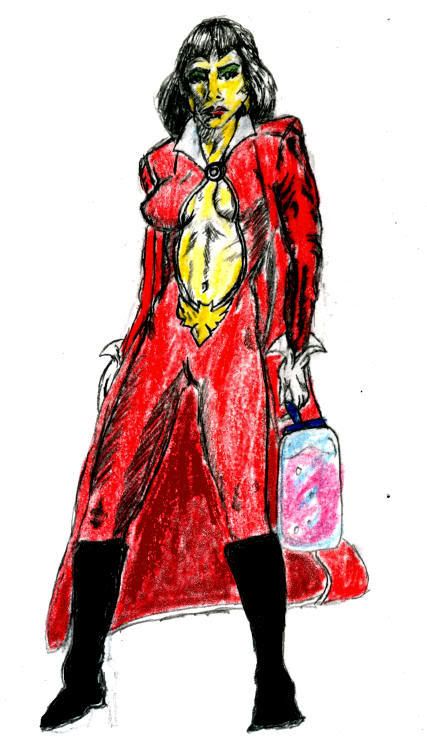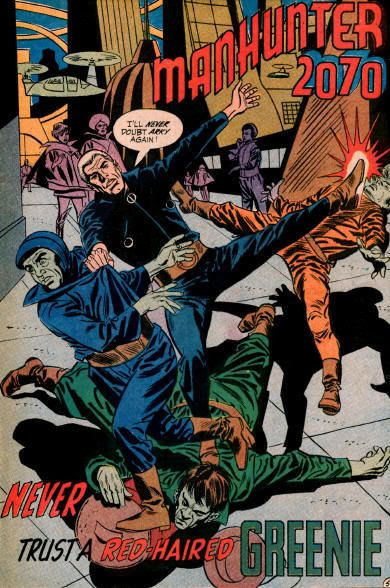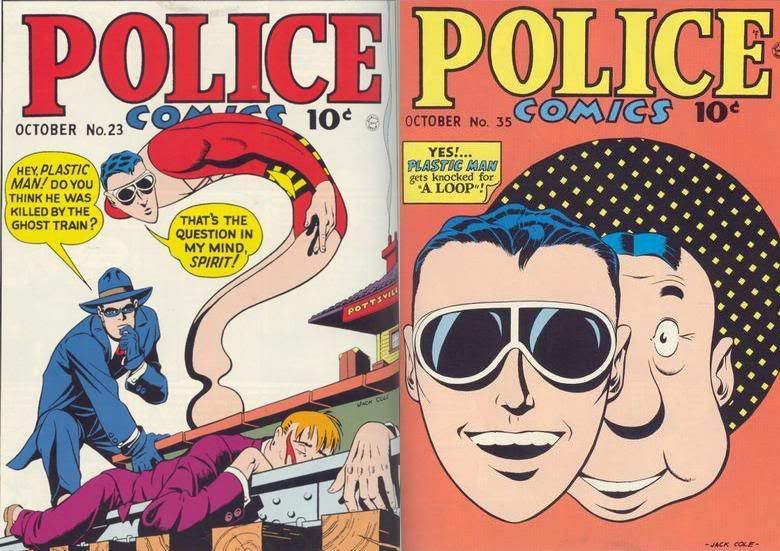
I've been on a bit of a Plastic Man kick lately, having recently read excerpts from Jones & Jacobs' "The Comic Book Heroes," the entirety of Art Spiegelman's "Jack Cole and Plastic Man," a variety of reprints, and the article from "The Comic-Book Book" headlining this post. You see, I often find myself hating Plas and wishing he would just go away, until I'm reminded by these resources there's a great character there... he's just never appeared in a DC-originated comic I've read. Thompson's piece was written in 1973, and it's quite good, though it must be forgiven some omissions, diversions, and over-compensations. After all, even Bob Overstreet's price guide was only three years old at that point. Information of any kind relating to the inner workings of comics was rare and required great effort to gather. So what if Thompson went on a pages-long tangent to discuss other characters that appeared in
Police Comics? School was in session, sucka!
Anyhow, here's some highlights from the fifteen page article...
Thompson put forth the theory that, as of 1973, only two comic characters had ever successfully balanced superhero adventure with humor. "Twice the trick was pulled off to perfection: by Otto Binder and C.C. Beck with the original Captain Marvel... and by Jack Cole with Plastic Man. Little kids could read Plas's exploits as straight-out adventure yarns; older and more sophisticated audiences could see them as masterpieces of humor ranging from satire to slapstick." I myself have read very few Golden Age Shazam adventures, but every single Plastic Man story I've caught by Cole has been an absolute gas. Not just funny, but a ripping yarn to boot.
Thompson noted that at the time, gaining super-powers rarely altered a person's moral orientation much. Good people remained good, while the bad were the same or worse. Generally though, he noted that in comics all power corrupts to some degree, even the heroes who abuse the law, individual's rights and so on. "However, there was one petty criminal who suddenly acquired superpowers and did not use them for evil at all, but immediately became a force for good in the community, going so far as to join the FBI and even to help arrest his criminal self. What's more, he took on a petty thief and pickpocket as his partner and reformed him too."
The hood Eel O'Brian, also known as "The Eel," was left for dead by his fellow crooks after being shot and exposed to an unspecified acid. He managed to escape capture, then was nursed back to health by a kindly monk. Why? "Because something told me that here is a man who could become a valuable citizen if he only had the chance." Eel told the monk about his being orphaned at age ten, and pushed around by an uncaring world, until he decided to push back. "He credited the monk with restoring his faith on mankind." So far, does Eel O'Brian sound anything like Jim Carrey to you, or more like a Humphrey Bogart type? Really reorients your perception of the character, doesn't it?
Once Eel was alone and discovered his new found ability to stretch his body at will, he said to himself, "What a powerful weapon this would be AGAINST crime! I've been FOR it long enough! Here's my chance to atone for all the evil I've done!" Of course, Plastic Man started his crime-fighting career nabbing "the rats who deserted me on that Crawford job." Resuming his "Eel" identity, O'Brian rejoined his gang, only to taunt and attack them during a staged caper. When you think about it, the set-up isn't so far removed from Spider-Man's much-lauded origin. Sure, the irony and pathos were absent in Cole's original, but again, this character is clearly not the empty-headed irritant of DC Comics-- and a hell of a lot more compelling for it. After busting the backstabbers, Plas "drove off grinning over how much fun it was to fight for the law."
This was apparently Plastic Man's method of operation for his first couple years: using Eel O'Brian's bandit lifestyle to angle crooks into cells-- a sort of Entrapment Man. However, as Plastic Man was not yet officially affiliated with law enforcement, and in fact still a wanted felon himself in his true identity, no shyster could use it in court.
Woozy Winks was introduced in 1942, as "The Man Who Can't Be Harmed." The tubby crook had been granted invulnerability by a soothsayer he'd saved from drowning, but only because the rescue required no more than to "reach out a hand." Woozy immediately launched a crime spree, and his untouchable status extended to anyone, including Plastic Man, facing potential death through various natural agents if they crossed him. Eel O'Brian managed to get close by plotting heists with Woozy, which only elevated Eel's status as a wanted man. In fact, once Plastic Man convinced Woozy to turn himself in by asking how his mother would feel about his crime career, he found the authorities were no longer interested in Woozy... Their pursuit of Eel O'Brian blinding them to all else. In another issue, the matter was resolved when Woozy was deputized to arrest the Eel, only to have Plas later use his powers to escape. "Much later, when Plastic Man had been working with the FBI for some years, his chief revealed that Plas had been identified through his fingerprints as Eel O'Brian, but that the FBI was willing to overlook this, since Plastic Man was obviously completely reformed and an invaluable crimefighter... Eel, now pardoned, was never heard from again. His rehabilitation completed, he vanished and only Plastic Man remained."
Maybe the lack of respect given to Plas comes from his laughable villains, including Snout Sniggers, Dr. Doser, Needles Noggle, Dr. Slicer, Mime, Dr. Ameeba, Phony Fink, Amorpho, the King of Zing and Stretcho the India Rubber Man. Certainly Plas has taken lumps for Woozy Winks, which is a shame. Thompson believed he was, "one of the best hero's flunkies in the comic-book business and he got the publicity he deserved. He was on the cover of virtually every issue of every comic in which he and Plas starred. (Before he came along, Plas frequently shared cover scenes with the Spirit, but unfortunately, they never met in a story-- what a team-up that would have been!)" Where Plastic Man played straight man to an insane world; Woozy was a lusty, lazy, hustling, backsliding ne'er-do-well only kept in check by his association with the hero. Woozy delivered the yucks, not only as a co-star, but in stories all his own.
Jack Cole stuck with Plas until 1950, though others had handled him before, and would continue after (Russ Heath primary among them.) Cole went on to the newspaper strip "Betsy and Me," as well as extensive work during the formative years of Hugh Hefner's
Playboy Magazine, before his death by suicide in 1958.
Thompson went on to discuss Cole's earlier work on the original Daredevil and the Claw. He spent a paragraph on Plas'
Police Comics roommate, Will Eisner's
The Spirit. Somehow he missed Cole's work on an in-house rip-off of same,
Midnight. Thompson spent a good deal of time with other stablemates, including Firebrand, police reporter Chic Carter (a.k.a. the Sword,) Phantom Lady, the Mouthpiece, the Human Bomb, Flatfoot Burns, and Manhunter. Of particular interest was
No. 711, about a convict who made good by busting out of prison every night to fight crime. One of the earliest heroes to be killed, he was avenged by the non-costumed
Destiny.
Thompson continued by detailing Plastic Man's indignities after Quality Comics sold him and most of their other properties to DC in 1956. Rather than continue Plas' series, as they did with Blackhawk, Plas went untouched for a decade. His first reappearance was as a form taken by Robby Reed in the lame
Dial "H" For Hero feature. That same year, DC launched a new Plas series, with only the first issue drawn by Gil Kane. "This series was not funny, it was silly; childish even." Plastic Man's origin was mangled, and he was placed in a retirement home, while his adult son took over the title role. That lasted ten issues. Thompson was among the first to note Plastic Man's legacy, including Elastic Lad, Elongated Man, and Mr. Fantastic. "None of these imitations is up to the original, but without Cole they hardly could be."
You know, comic book history is largely written by super-hero fans. What a lot of modern fanboys don't understand is that super-hero comics were a fad in the Golden Age, not unlike the boom years of the early 90's. Sure, there were new heroes and companies appearing left and right, spawning many hundreds of concepts still being exploited today. However, the wave crested around 1943, with super-hero titles dying in droves before the end of World War II. Pages were cut, features were canceled, and hangers-on saw their publishing status cut to bi-monthly. The Flash and Green Lantern's books ended in 1949, while the rest of the Justice Society of America were washed-up by 1951. Plastic Man's run over two titles lasted from 1941 through November of 1956. I sometimes wonder if there wasn't institutional hatred directed at Plas for having outlived so many DC properties before being purchased and left to rot. Meanwhile, Plastic Man's long life, even after the departure of Jack Cole, is as much a testament to how well the character can work as a damnation of DC's inability to realize it.
